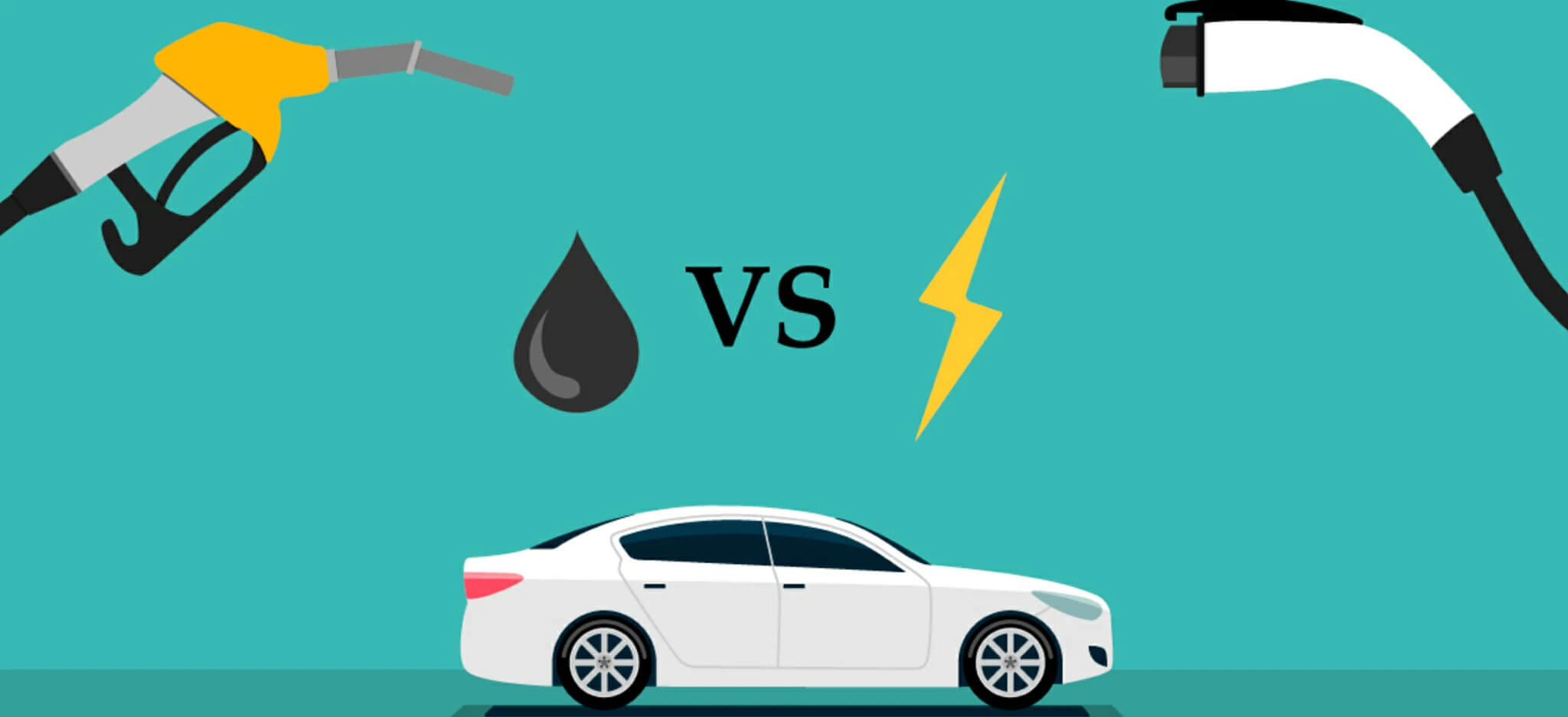Introduction:
In our quest for a sustainable future, one of the pivotal choices we face is the type of vehicles we drive. Gasoline-powered vehicles have long been the norm, but electric vehicles (EVs) are gaining traction as a cleaner and greener alternative. In this article, we will explore the environmental impact of gas versus electric vehicles, shedding light on the key factors that contribute to sustainability.
Carbon Emissions and Air Quality:
Gas Vehicles: Traditional gas-powered vehicles emit carbon dioxide (CO2), contributing significantly to the greenhouse effect and climate change. Additionally, they release other pollutants like nitrogen oxides (NOx) and particulate matter, which pose serious health risks and degrade air quality.
Electric Vehicles: EVs, on the other hand, produce zero tailpipe emissions during operation. While the electricity used to charge EVs may come from fossil fuels, the overall carbon footprint is generally lower than that of gas vehicles, especially in regions with a high proportion of renewable energy sources.
Energy Efficiency:
Gas Vehicles: Internal combustion engines in gas vehicles are notorious for their energy inefficiency. A substantial portion of the energy generated from burning gasoline is lost as heat, contributing to wasted resources and increased environmental impact.
Electric Vehicles: EVs boast higher energy efficiency as electric motors convert a larger percentage of the stored energy from the grid into motion. This efficiency, combined with advancements in battery technology, makes electric vehicles a more energy-efficient option over their lifetime.
Resource Depletion and Environmental Impact:
Gas Vehicles: Extracting, refining, and transporting fossil fuels for gas vehicles contribute to environmental degradation and habitat destruction. Oil spills, deforestation, and disruption of ecosystems are associated with the petroleum industry.
Electric Vehicles: While the production of batteries for electric vehicles involves mining and processing raw materials like lithium, cobalt, and nickel, advancements in recycling and responsible sourcing are mitigating the environmental impact. Additionally, as the energy sector shifts towards renewable sources, the overall sustainability of EVs is likely to improve.
Infrastructure and Accessibility:
Gas Vehicles: Gasoline has a well-established infrastructure, making gas vehicles more accessible and convenient. However, this infrastructure relies heavily on non-renewable resources and contributes to urban sprawl.
Electric Vehicles: The infrastructure for EVs, including charging stations, is expanding rapidly. While this growth is promising, challenges related to charging infrastructure and range anxiety still exist. Continued investment in charging infrastructure is crucial to promoting the widespread adoption of electric vehicles.
Conclusion:
In the race towards sustainability, the choice between gas and electric vehicles is clear: EVs offer a cleaner, more energy-efficient option with a lower overall environmental impact. As technology advances, and society embraces renewable energy sources, the transition to electric vehicles will play a pivotal role in steering us toward a greener and more sustainable future. By making informed choices today, we can accelerate the transition to a transportation system that aligns with our environmental goals and ensures a healthier planet for future generations.
